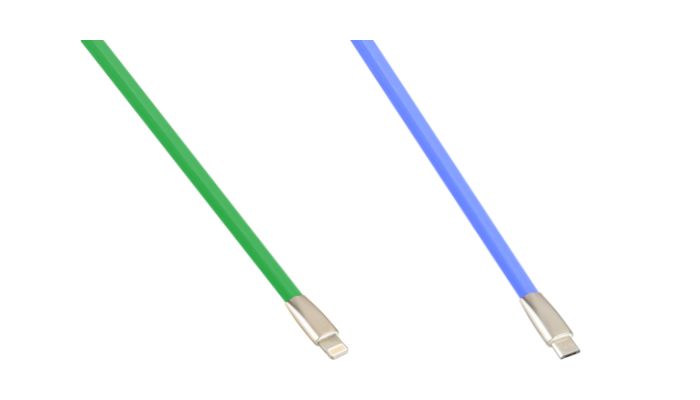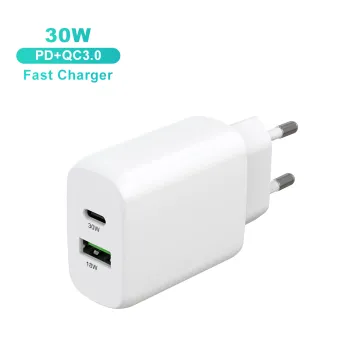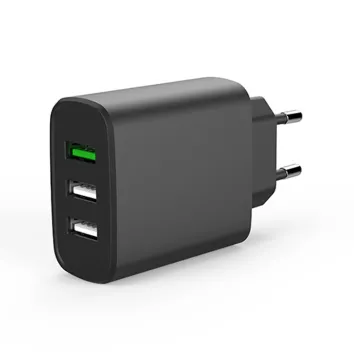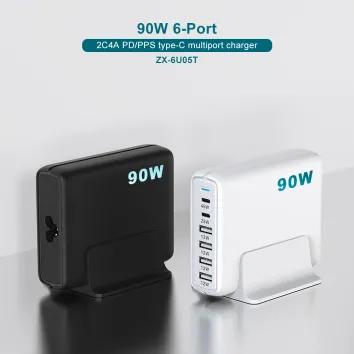Exploring the Distinctions Between Lightning Connectors and USB-C | ZONSAN
The Lightning connector, a compact connection cable, was specifically devised by Apple for its mobile devices and some accessories. Since the adoption of the Lightning connector in 2012 by the iPhone 5 and iPad 4, it has remained the predominant method for charging and connecting Apple devices to others, like laptops. Despite some devices, such as the 2018 iPad Pro, transitioning to USB-C, the Lightning connector maintains its dominance. This cable is characterized by its tiny Lightning adapter and USB-A adapter on both ends, a reversible design negating the importance of insertion direction, and its size, being 80% smaller than the 30-pin connector.

Contrasting Lightning Connectors and USB-C
Specifications: The Lightning port measures at a modest 0.26 inches x 0.26 inches, smaller than the USB-C port. The USB-C port measures 0.49 inches wide at the bottom, 0.33 inches at the top, and 0.26 inches in height.
Transfer Speed: USB-C ports transfer data at USB 3.0 speeds (5Gbps), significantly faster than the Lightning port, which only supports USB 2.0 at 480Mbps.
Durability: According to the UGreen Technology Blog, USB-C cables are equipped with a protective cover and can endure up to 10,000 plug and unplug cycles.
Charging Capacity: The Lightning cable included with the iPhone 13 supports 20W fast charging, enabling 50% charge in just 30 minutes. Conversely, USB-C cables support up to 240W of fast charging.
Cost Considerations
Apple-certified Lightning cables generally cost more than other charging cables, including USB Type-C. This price difference is partly attributed to the "security chip" within, serving as a certification identifier. MFi-certified products typically come at a higher price due to their elevated quality standards and Apple’s licensing.
Reliability
Apple incorporates a specific chip in its Lightning cables to ensure safety and quality, fostering compatibility between accessories and Apple devices. USB-C cables usually contain an E-Marker chip, regulating power and data transfer, particularly vital in fast-charging scenarios. The USB-C connector incorporates extra protective measures to support fast charging.
Summary: Which Prevails?
Summary: Which Prevails?
For a hypothetical dual-port phone, opting for a USB-C cable could be a wiser choice due to its faster data transfer and greater power delivery, enabling quicker phone charging. Despite being seen as an obsolete standard, the Lightning connector continues to be employed, especially considering the low-power requirements of Apple products like the iPhone. High-performance devices like the MacBook have already adeptly incorporated USB-C. Apple's reluctance to update the iPhone's charging port has not garnered widespread approval, leaving it uncertain whether the company will adapt its strategy or eventually phase out wired charging.

Read More

Read More

Read More